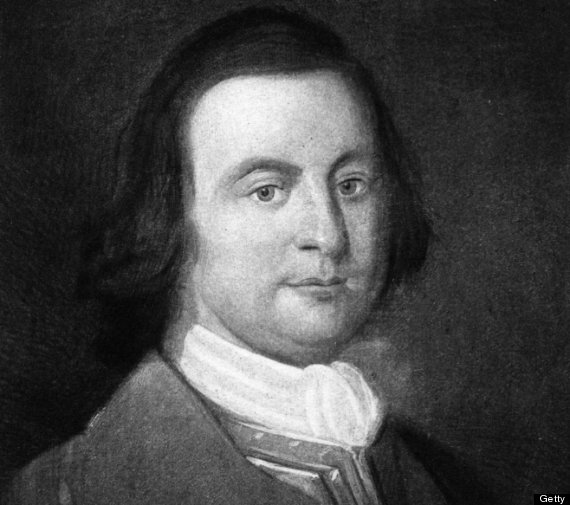Thomas Jefferson
didn’t write the Declaration of Independence.
Well, to be fair,
he did…sort of. He had a way with language, which the members of the
Continental Congress knew and understood. It probably isn’t that surprising
that he was the one chosen to write the King of England a letter…probably the
most influential and far-reaching letters ever to be written…but, certainly not
the first of its kind.
I’m not sure how
many people have read, actually read,
the Declaration of Independence. We’re all familiar with lines like, “life,
liberty and the pursuit of happiness,” and, “all men are created equal,” but
the majority of the letter is a list of complaints. To be perfectly honest, it
explains what the colonies were fighting about and why they were angry. The
King of England had slowly been encroaching their basic sense of humanity; he
was billeting his soldiers in their houses, stealing their property, taking
away their ability to protect themselves. Each of these points was later
reflected in the Bill of Rights.
 |
| George Mason Getty images |
 |
| The Charter Oak where the Connecticut charter was hidden in 1662; Each American Colony had a charter, which George III ignored. |
Thomas Ludwell Lee’s
younger brother, Richard Henry Lee, got in on the act when he declared in 1774,
“Resolved: That these United Colonies
are, and of right ought to be, free and independent States, that they are
absolved from all allegiance to the British Crown, and that all political
connection between them and the State of Great Britain is, and ought to be,
totally dissolved.” Jefferson echoed this almost word-for-word in the
Declaration of Independence. Like Richard Henry Lee, Benjamin Franklin also had
a hand in the wording; he went through after Jefferson was done and added in
all the references to a Supreme Being. Thomas Jefferson, after all, was a deist
and didn’t believe in one.
The format, as
well, is nothing new. The English wrote countless charters and declarations, like
the Petition of Right of 1628 or the Bill of Rights 1689. They should have
understood what the Colonies
 |
| John of England Signs the Magna Carta |
But we can’t
possibly enter into a discussion about declarations of independence without
mentioning the Declaration of Arbroath. It was written to the Pope in 1320 and
though it presently resides in France, the Declaration of Arbroath is the core
of all Scotland ever stood for. Edward I claimed Scotland, and Robert the Bruce
was begging the Pope to lift his excommunication so he could become king. The
Scots wanted their freedom and they made it abundantly clear in the letter. It
was probably the first document to express the belief that the rulership of the
 |
| Declaration of Arbroath |
So, Thomas
Jefferson didn’t write the Declaration of Independence. He never even claimed
to have come up with the ideas it contained; he wasn’t the author, he was just
the scribe. He was summing up on one large piece of paper what hundreds of
people had fought and died for over the centuries before. He, like the
fifty-four other signers of the Declaration of Independence, affixed his
signature to his death warrant. Like the writers of the Virginia Declaration of
Rights, the Magna Carta, or the Declaration of Arbroath, he knew that he had
reached the end of the line. He was willing to stake everything; peace at any
cost wasn’t enough…he wanted his freedom.
“And for the support of this Declaration,
with a firm reliance on the protection of divine Providence, we mutually pledge
to each other our Lives, our Fortunes and our sacred Honor.”

That bit from the Declaration of Arbroath was my favorite :)
ReplyDeleteI didn't know that Franklin had added in all the parts about God to the Declaration of Independence; very interesting!